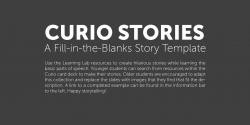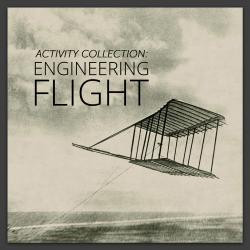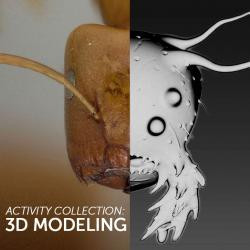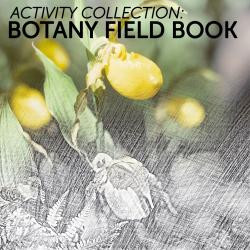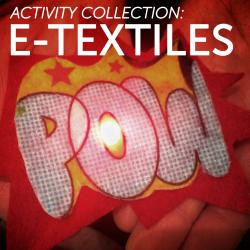Cody Coltharp
Cody Coltharp is a Digital Interactive Designer at the Smithsonian Center for Learning and Digital Access. He serves as project manager for a variety of projects that use digitized museum objects in innovative ways, including virtual/augmented reality and web/mobile based applications. He is also co-chair of SI-Gaming, a group of Smithsonian educators and technicians interested in making Smithsonian digital content more engaging through interactivity.
Cody Coltharp's collections
How Posters Work
 Cody Coltharp
Cody Coltharp
CURIO STORIES
 Cody Coltharp
Cody Coltharp
Engineering Flight
 Cody Coltharp
Cody Coltharp
E-Textiles
 Cody Coltharp
Cody Coltharp
Game Changers: Quest 4 Resources
 Cody Coltharp
Cody Coltharp
Parks and Playgrounds: Preschool
 Cody Coltharp
Cody Coltharp


